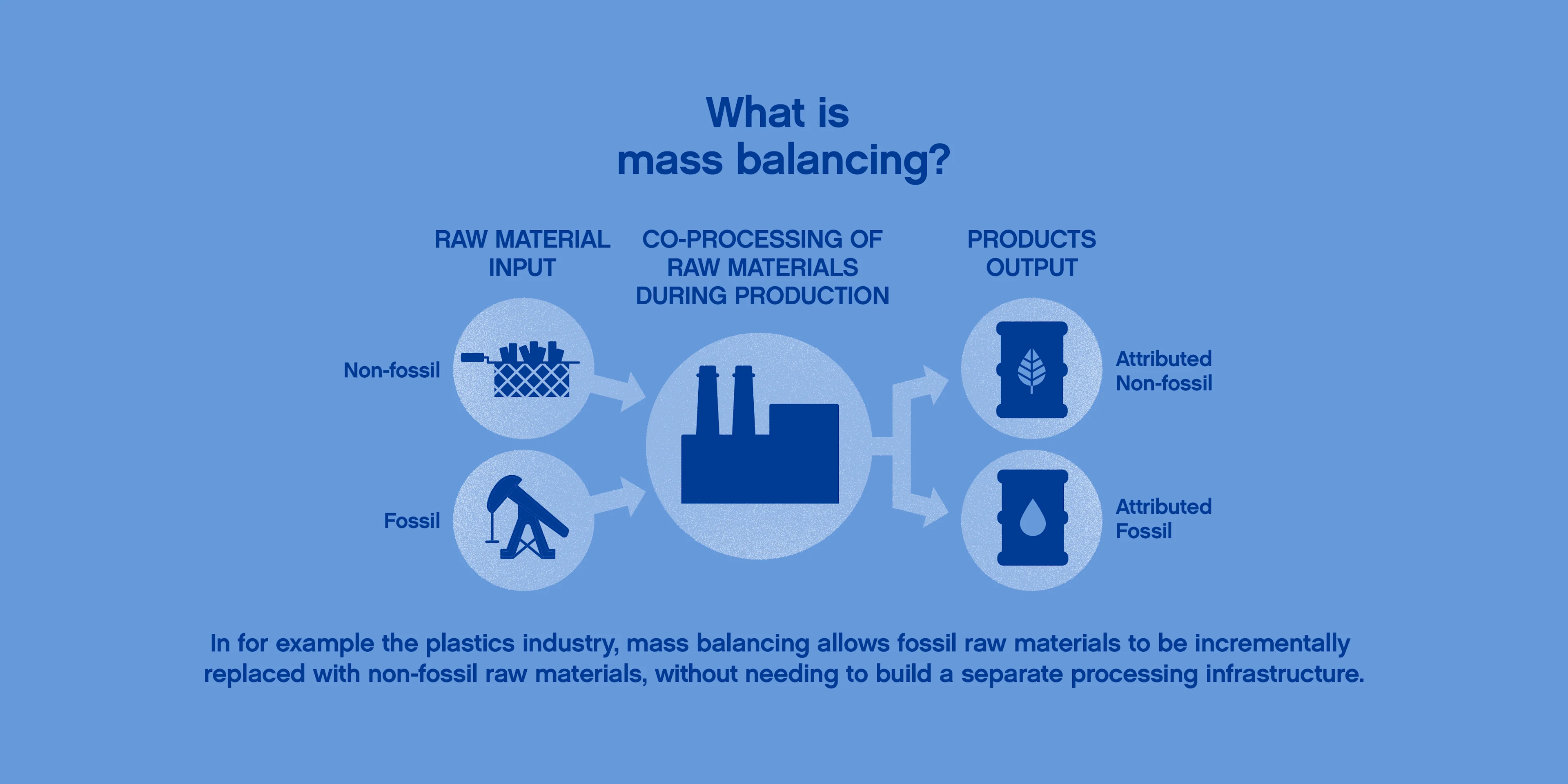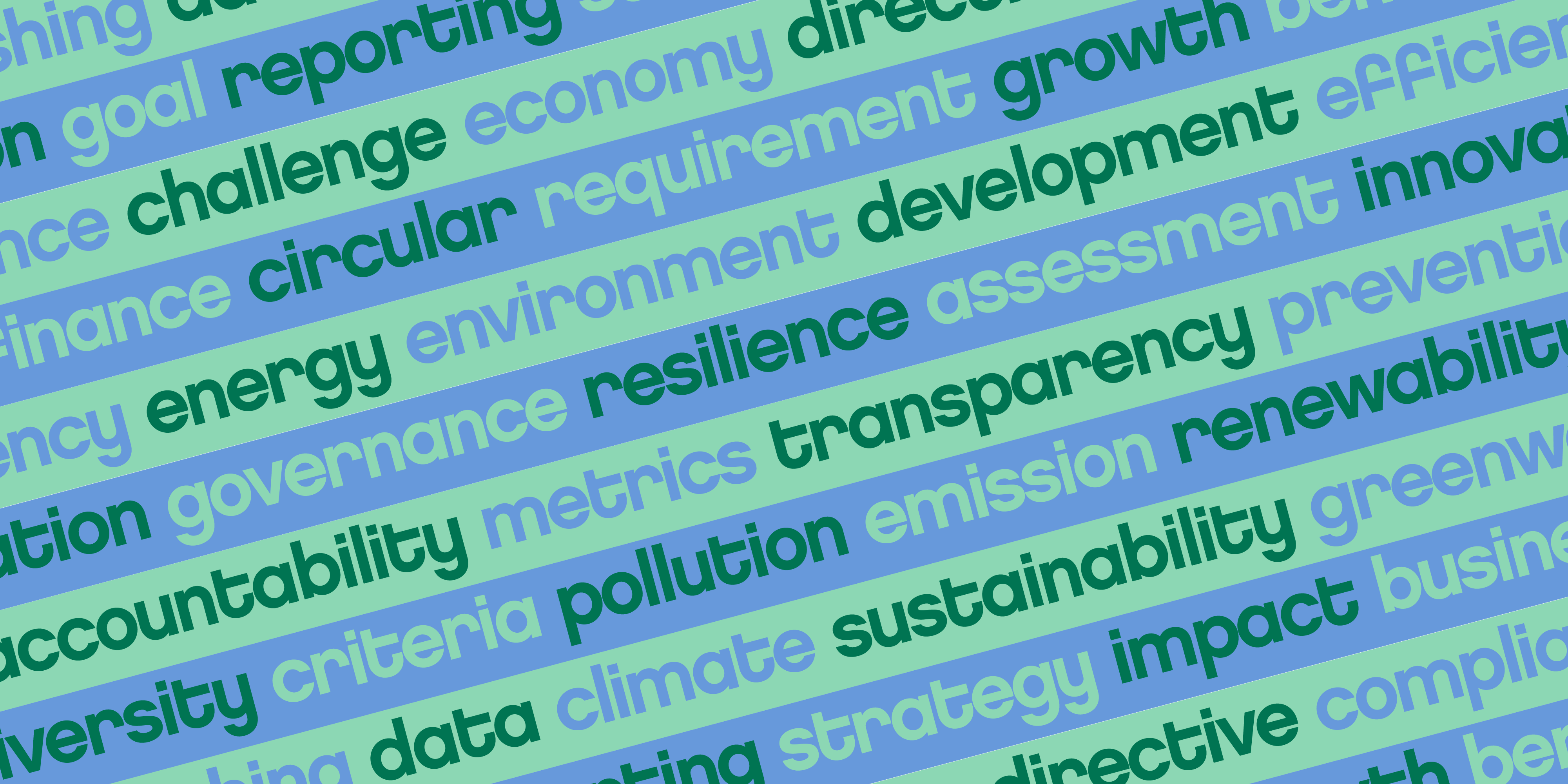
Sustainability
4 minute read
Reducing your carbon footprint through co-processing, one drop at the time
The world needs to reduce its dependence on fossil resources, and Neste is leading the way with its renewable and circular solutions. Using renewable and recycled raw materials to replace fossil resources offers significant potential to accelerate defossilization – and one approach to do so is “co-processing”.
What is co-processing?
Imagine taking your favorite recipe and replacing some of the unhealthy ingredients with better ones. That is basically what co-processing does. In its crude oil refinery in Porvoo, Finland – which is one of the most efficient and versatile refineries in the world – Neste can replace a portion of the crude oil with more sustainable renewable raw materials (e.g. used cooking oil) or recycled raw materials (e.g. liquefied waste plastic) in the fossil refinery process.
The result? The same high-quality products but with lower carbon footprint thanks to reduced use of fossil resources. For Neste, co-processing is a step in the gradual transformation of its oil refinery operations into producing renewables and circular solutions.
Co-processing is an addition to Neste’s existing capacity to produce renewable products. With the help of co-processing in Neste’s oil refining processes, the company can produce additional volumes of products that have lower GHG emissions.
Where is co-processing useful?
Co-processed solutions have diverse applications.
As an example, the shipping industry is the prime mover of goods globally, carrying 90% of the world’s trade. It is also responsible for almost 3% of the global greenhouse gas (GHG) emissions. In the marine transport sector, even incremental sustainability improvements can deliver a massive impact. Co-processing technology is used, for example, in the production of Neste Marine™ 0.1 Co-processed marine fuel, during which crude oil is partly replaced with renewable raw materials.
Another example is the production of recycled Neste RE™: Through co-processing of recycled raw materials, such as liquefied waste plastic, Neste can offer this chemically recycled feedstock for new plastics. This puts waste plastic to good use and also leads to a GHG reduction when plastic waste is chemically recycled instead of incinerated and then used to replace fossil feedstock in plastics manufacturing.
To track the use of non-fossil materials, Neste applies mass balancing, a chain of custody approach, to attribute sustainability benefits resulting from the use of more sustainable raw materials to end products. Third parties such as the International Sustainability & Carbon Certification (ISCC) system verify the correct application of mass balancing and ensure supply chain traceability and sustainability.
What is mass balancing?
A mass balance approach keeps track of the renewable or recycled raw materials during the production process. For example, in the polymers and chemicals industry, mass balancing is used to mathematically attribute the non-fossil raw materials inputs to certain outputs.
The approach is used in various other sectors, too. For example, in connection with green (or “renewable”) electricity: Imagine you are ordering green electricity from your provider. If you are connected to a public grid not running on 100% green electricity, you are unable to tell if the electricity powering your dishwasher is really green. What happens though is that your electricity provider guarantees to produce an amount of green energy equal to your consumption. In the case of co-processing for polymers and chemicals, it works in a similar way.
Attribution of renewable or recycled raw materials to a product through mass balancing allows for a gradual transition to replacing fossil resources in production processes with more sustainable alternatives – and is particularly suited for cases where products made from fossil, non-fossil or mixed raw materials are indistinguishable from each other. Regulation on if and how mass balancing may be applied may differ depending on the end markets. For example, due to more complex value chains in the polymers and chemicals sector, mass balance needs are different than for fuels.

Ready to reduce your fossil raw material use?
Imagine a world in which fuels and materials would be produced with significantly lower climate impact. This isn’t a far off dream, and co-processed solutions, or more exactly co-processing of renewable and recycled raw materials with fossil ones, is a way to move in the right direction one drop at a time.
At the same time, we will also see increasing amounts of renewable products that are made from 100% non-fossil raw materials – and we don’t even have to wait for that. Neste, for example, is already producing 100% renewable products, such as Neste MY Renewable Diesel™, Neste MY Sustainable Aviation Fuel™ and renewable Neste RE. These are not produced via co-processing, but instead, from 100% renewable raw materials in dedicated renewable products refineries without any crude oil.




